7 Sewing Machine Accessories That Make Life a Little Easier


Hand sewing and machine sewing are both popular ways to complete sewing projects. Some people like to do both, while other people prefer one technique over the other. If you’re not sure which you prefer and want to make sewing with a machine easier, then you need to invest in the right accessories. Keep reading to learn about the seven sewing machine accessories that make life a little easier.
Presser Foot
Most sewing machines come with a presser foot, which is a machine attachment that holds the fabric flat as you glide it under the needle. While the basic presser foot will work fine for beginner projects as you get used to sewing with a machine, you may eventually need different presser feet. This is because the basic presser foot doesn’t accommodate thinner or larger cloth.
If you want to sew with extremely thin or thick fabric, for example, to make a sweater, you’ll need a different presser foot. Alternatively, the machine doesn’t need a presser foot to function, so you can hold the fabric yourself. But you risk injuring your fingers from the needle and having uneven stitches, so we don’t recommend it.
Magnetic Seam Guide
Another machine accessory that will help you sew more efficiently is a magnetic seam guide. Since the stitch plate of your sewing machine is metal, a seam guide can easily attach to your machine and keep your fabric straight as you guide it under the needle. While the presser foot nearby keeps the fabric flat, the seam guide helps keep it straight so that you can easily sew seams and other straight lines on your fabric. The two accessories work best together, although each will work by itself as well.
Bobbins and Bobbin Saver
Depending on the type of sewing machine you’re using, you may or may not need a bobbin. Chain stitching machines don’t require them, although you’ll likely learn to sew on a traditional machine that does require them. A bobbin is like a spool, which you’ll wind thread onto and then place in the machine. Bobbins can last for a long time. One should come with your machine, but you will need to replace it eventually, so it’s always good to have an extra around.
There are two different kinds of bobbins: metal and plastic. While either should work fine in your sewing machine, you should consult the manual to make sure you’re using the right one. If a bobbin were to break while you were sewing, you could damage your project and lose a lot of thread.
Bobbins also come in various sizes. Again, your machine manual should dictate the size of your bobbin. You should not need to change bobbin sizes, even if you buy them in different materials. They should work for any thread because they’re designed more for your machine than the thread. If a sewing instructor or pattern book mentions changing bobbin size, consult with your manual or a professional who works with sewing machines to decide what is best for your project and machine.
A bobbin saver is the best way to store the extra bobbins you’ll need, especially if they’re pre-threaded. Bobbin savers can hold multiple bobbins and will prevent the threads from tangling with each other or unwinding. Store a bobbin saver near your machine so you can easily access it when it’s time to replace your old bobbin.
Sewing Machine Needles
People who are learning to sew for the first time often think that all needles are the same, but that’s not true. Sewing machine needles are different from hand needles, and even though your machine will have a lot more power than a hand, you’ll still need different sizes for different fabrics. A good rule of thumb to follow is that the heavier a material is, the thicker the needle you’ll need. Buy a pack of sewing machine needles and keep them near your machine so you can switch them out during different stages of your project and have them handy if one breaks.
Needle Inserter
While you can insert a needle into your sewing machine by hand, a needle inserter makes this a lot easier. Most needles are thin, and the hole that the needle needs to go into is quite small. While it will get easier to insert the needle as you practice, you can give yourself a head start with a needle inserter. This tool holds your needle steady so you can easily slide it into place in your machine. And it also will help hold it steady when you need to remove it.
You can find needle inserters in different sizes depending on the needle that you’ll need to use for your project. Some will only have one useful end for inserting needles, while others will have two useful ends that can accommodate different-sized needles. After getting comfortable with your machine and various sewing projects, you can decide what size needle inserts you need.
Thread Nippers
Whether you sew by hand or with a machine, you know to keep scissors close by. There are lots of sewing scissors on the market, from dressmaking shears to embroidery scissors, and all of them have a place in various stages of different projects. No matter how you sew, you’ll need multiple scissors. But if you want a quick tool that will allow you to snip off thread ends as you sew with a machine, then thread nippers are the tool for you.
Thread nippers are technically just a small pair of scissors, but they’re specifically designed for closely cutting thread. When working with a sewing machine, this is what you’ll need the most, especially since you may need to cut thread that’s stuck around a machine needle. Normal sewing scissors won’t work in those scenarios, but thread nippers will. Invest in a pair and keep them close to your machine so you can use them whenever necessary.
Maintenance Tools
The final thing you need to make life with a sewing machine a little easier is maintenance tools. While these aren’t sewing accessories, you’ll need them if you want to keep your machine running smoothly. Oil is one of the most important maintenance tools since the different moving parts of your machine will require regular lubrication. You’ll also need a screwdriver, cleaning brushes, and tweezers. Check your sewing machine manual for any other tools you may need to keep your machine in good shape.
The seven sewing machine accessories that make life a little easier are a presser foot, magnetic seam guide, bobbins, sewing machine needles, a needle inserter, thread nippers, and maintenance tools. If you want to buy these quilting tools online, then Lindley General Store can help. We offer various tools and supplies to help you complete your quilting and other sewing projects.


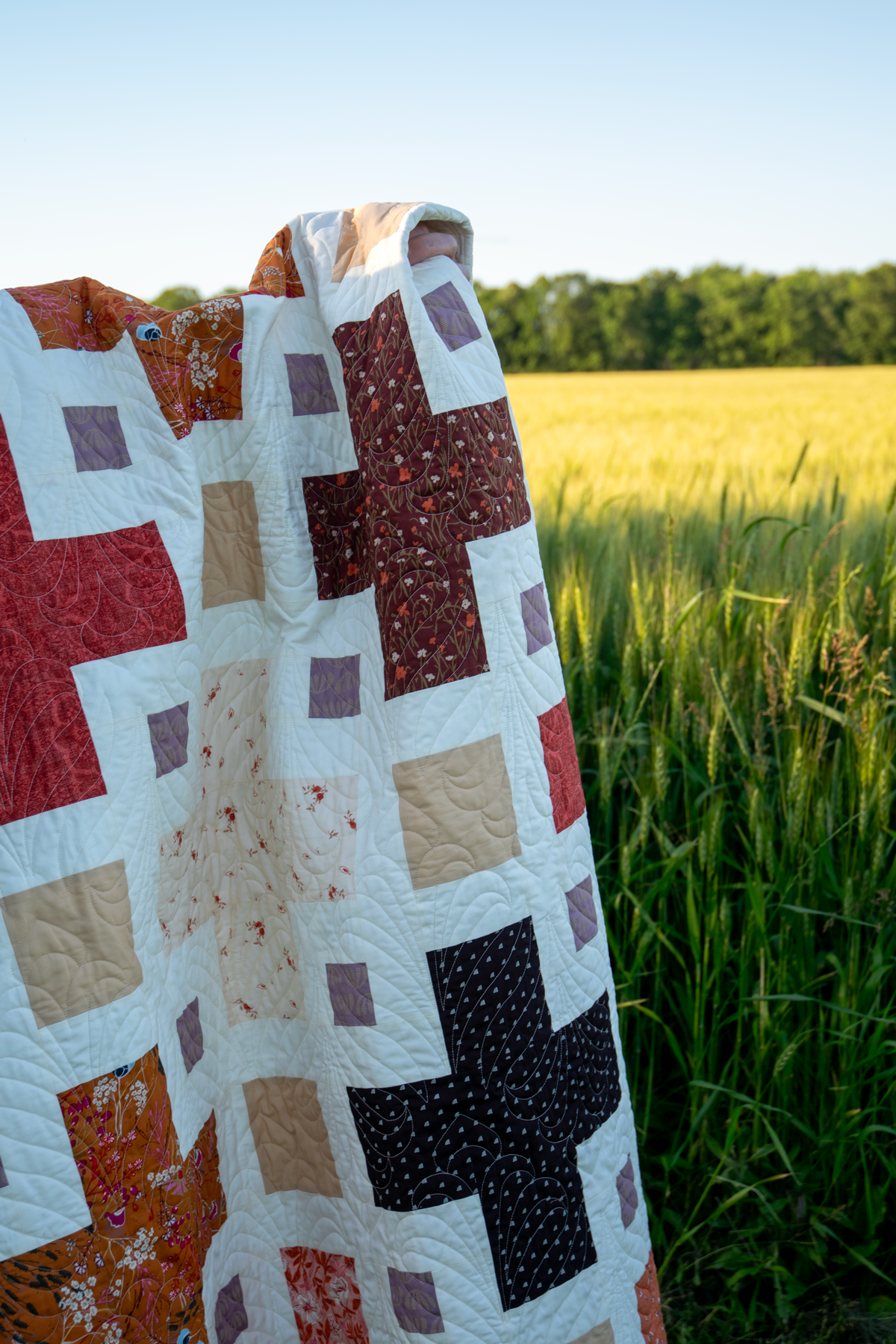



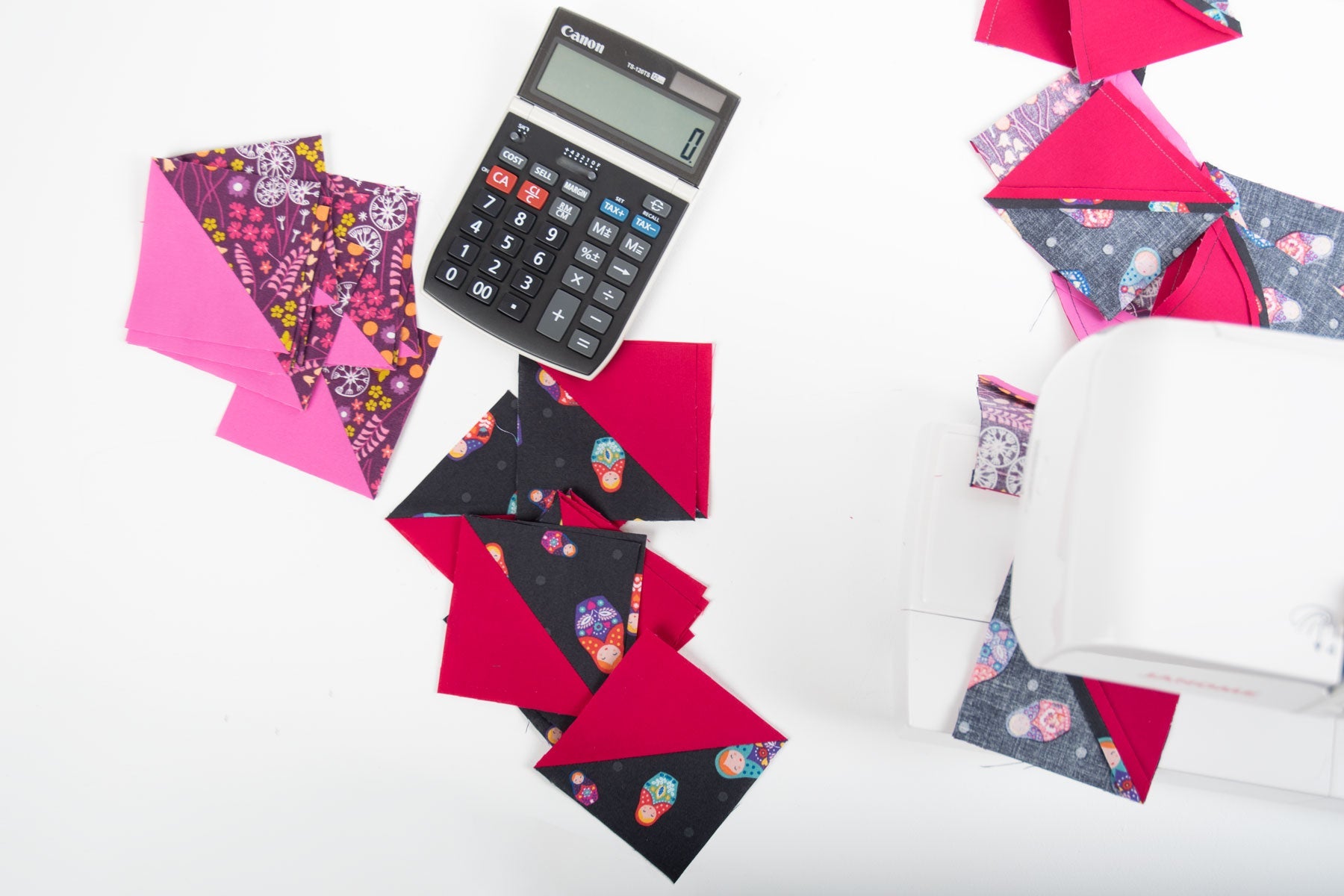
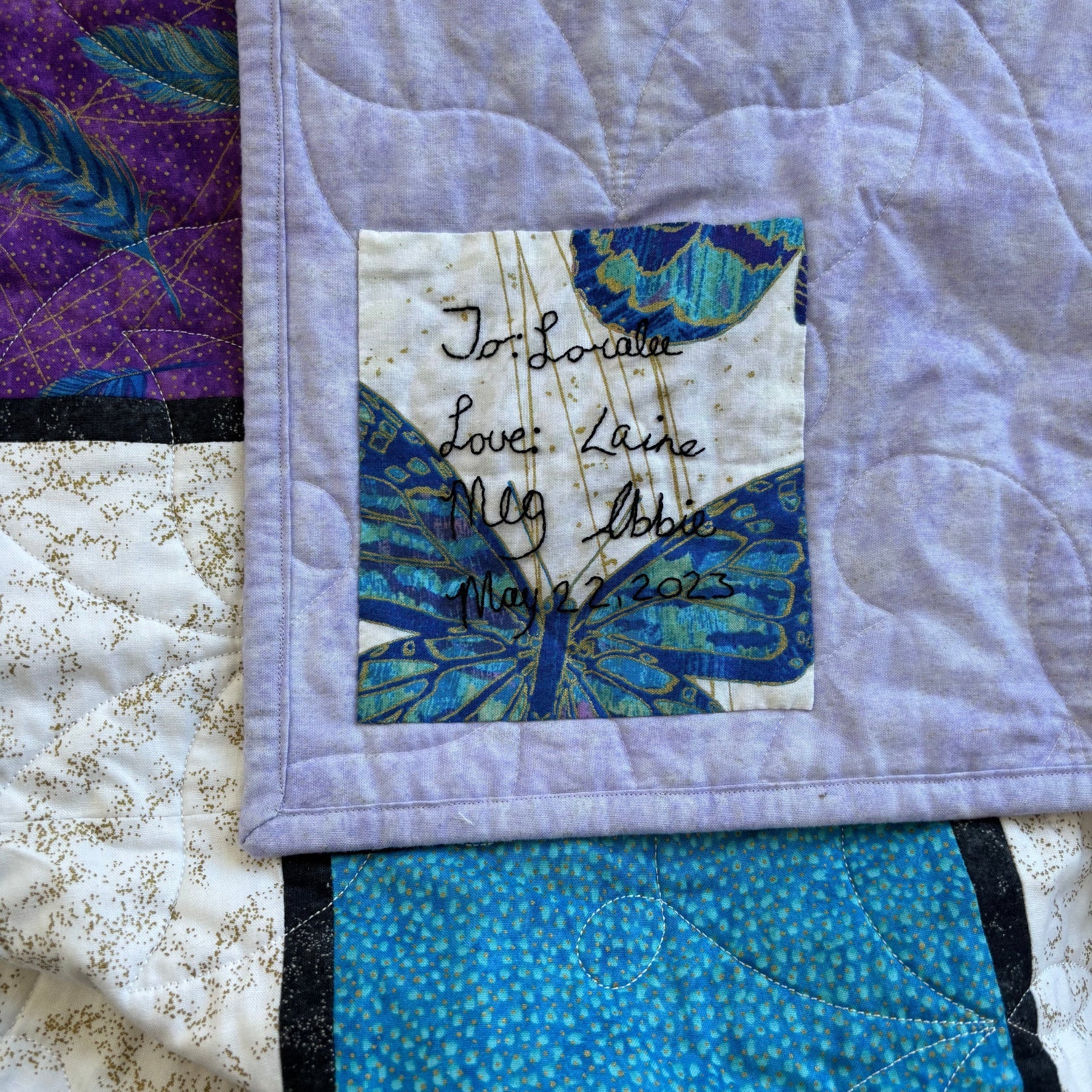
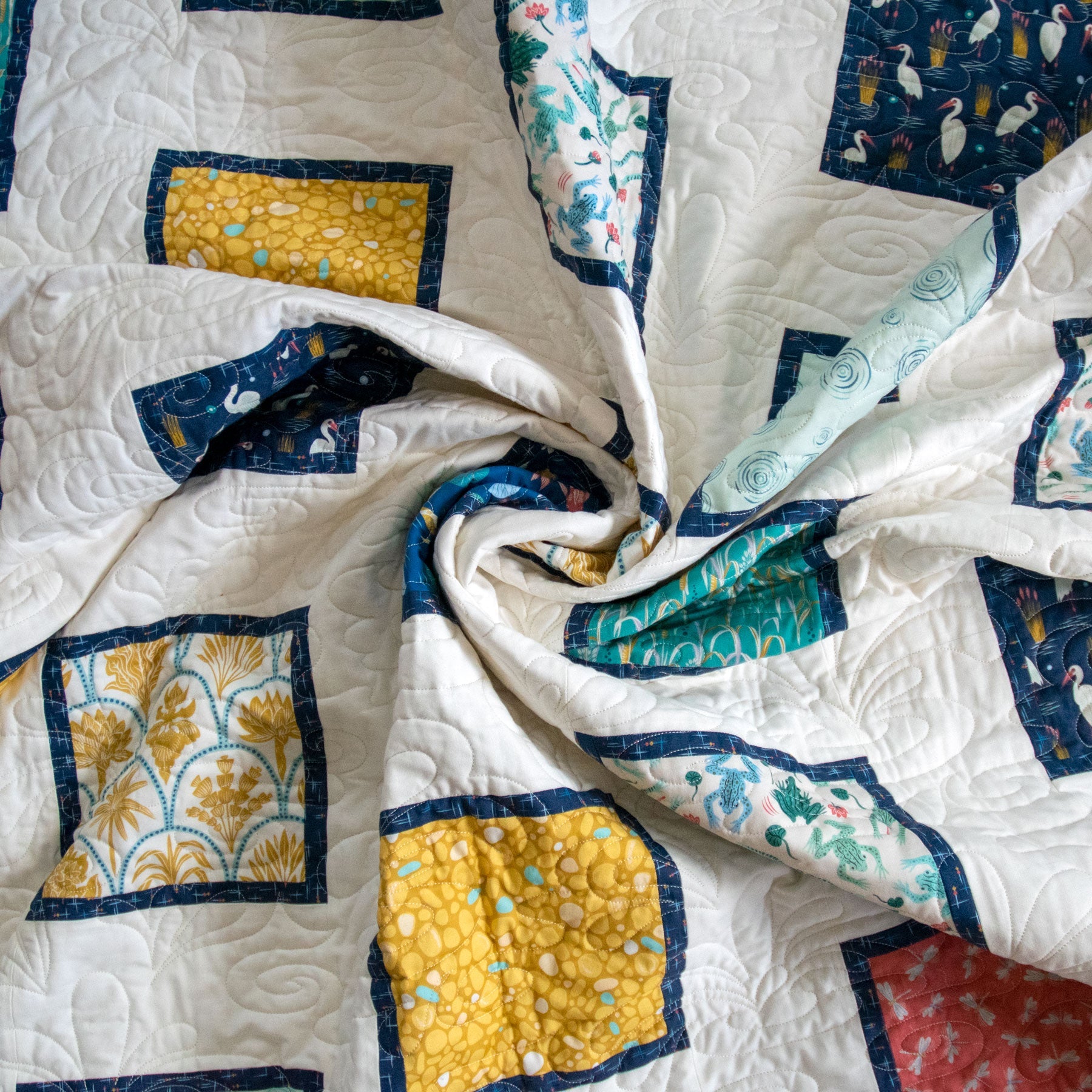
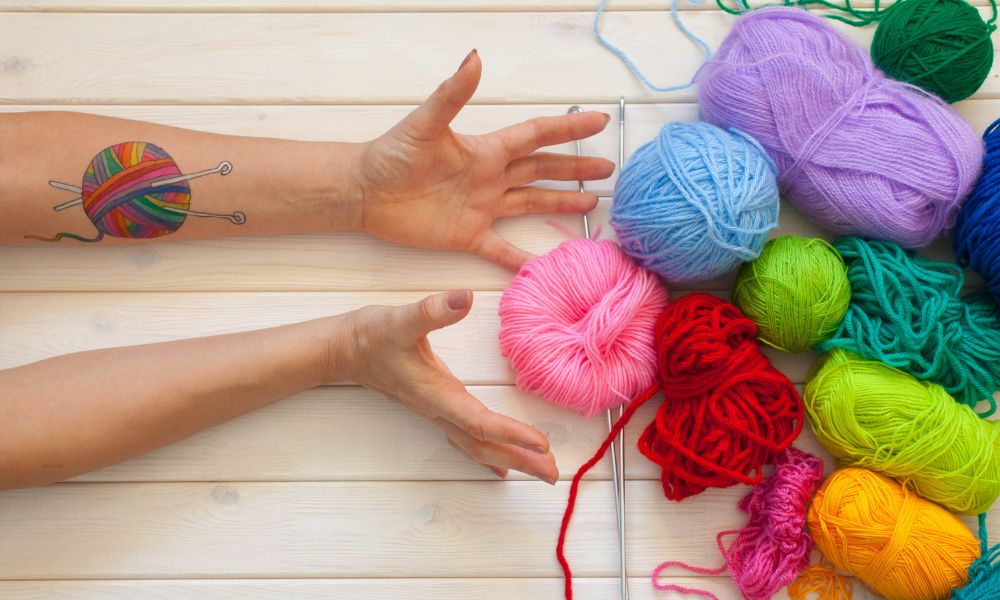
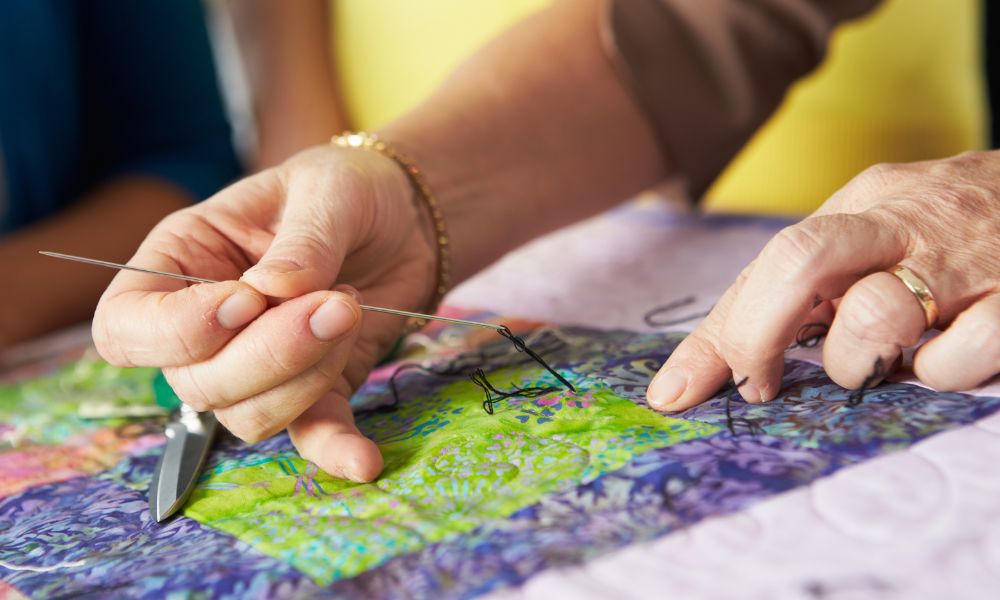
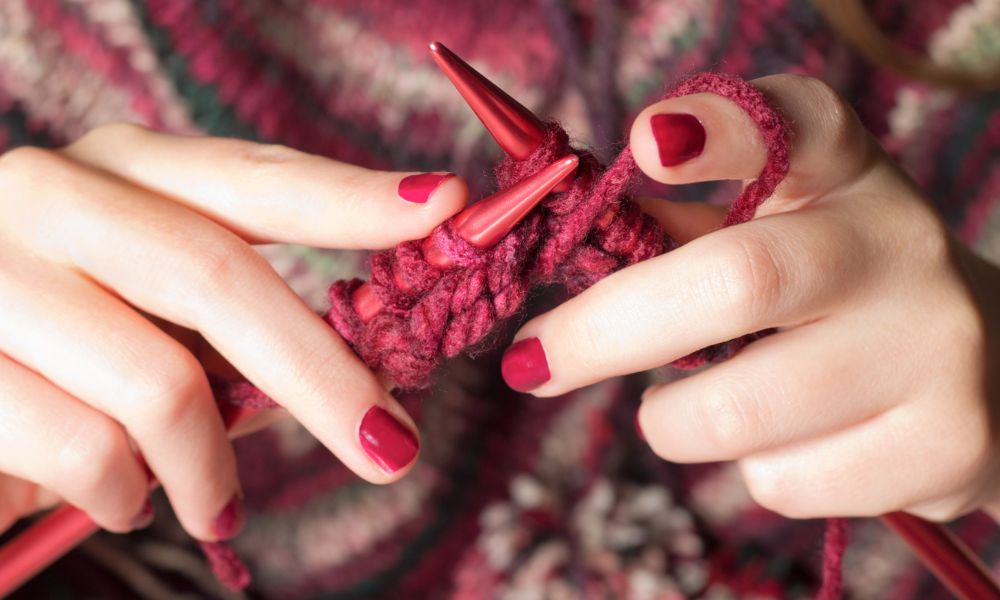
Comments
carol fitzgerald —
i have not done a lot of sewing for quite a while with illness in the family but i still have all my bits and bobs and will not give them away after looking at your site i am getting enthused again thank you Lindley. carol fitzgerald